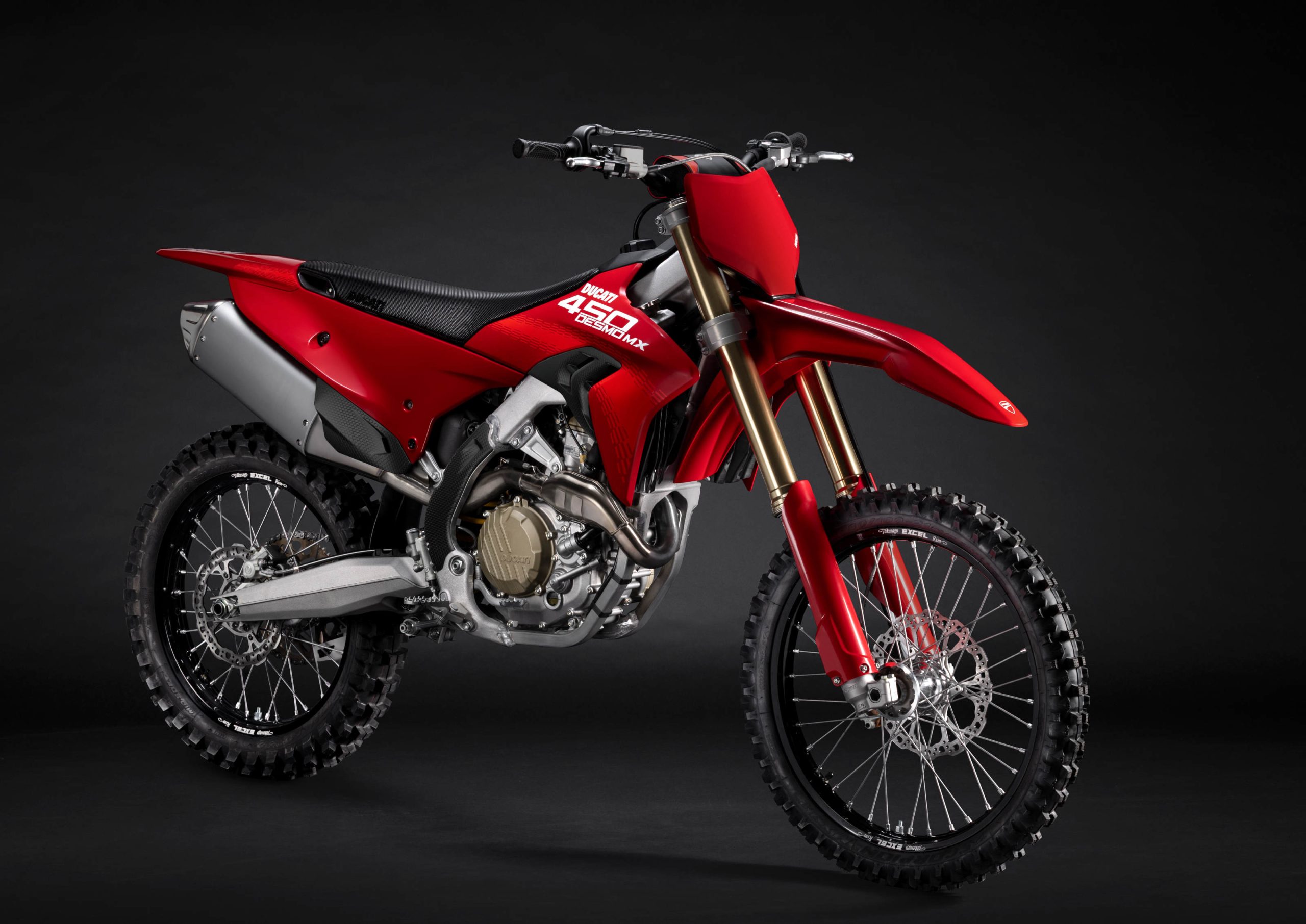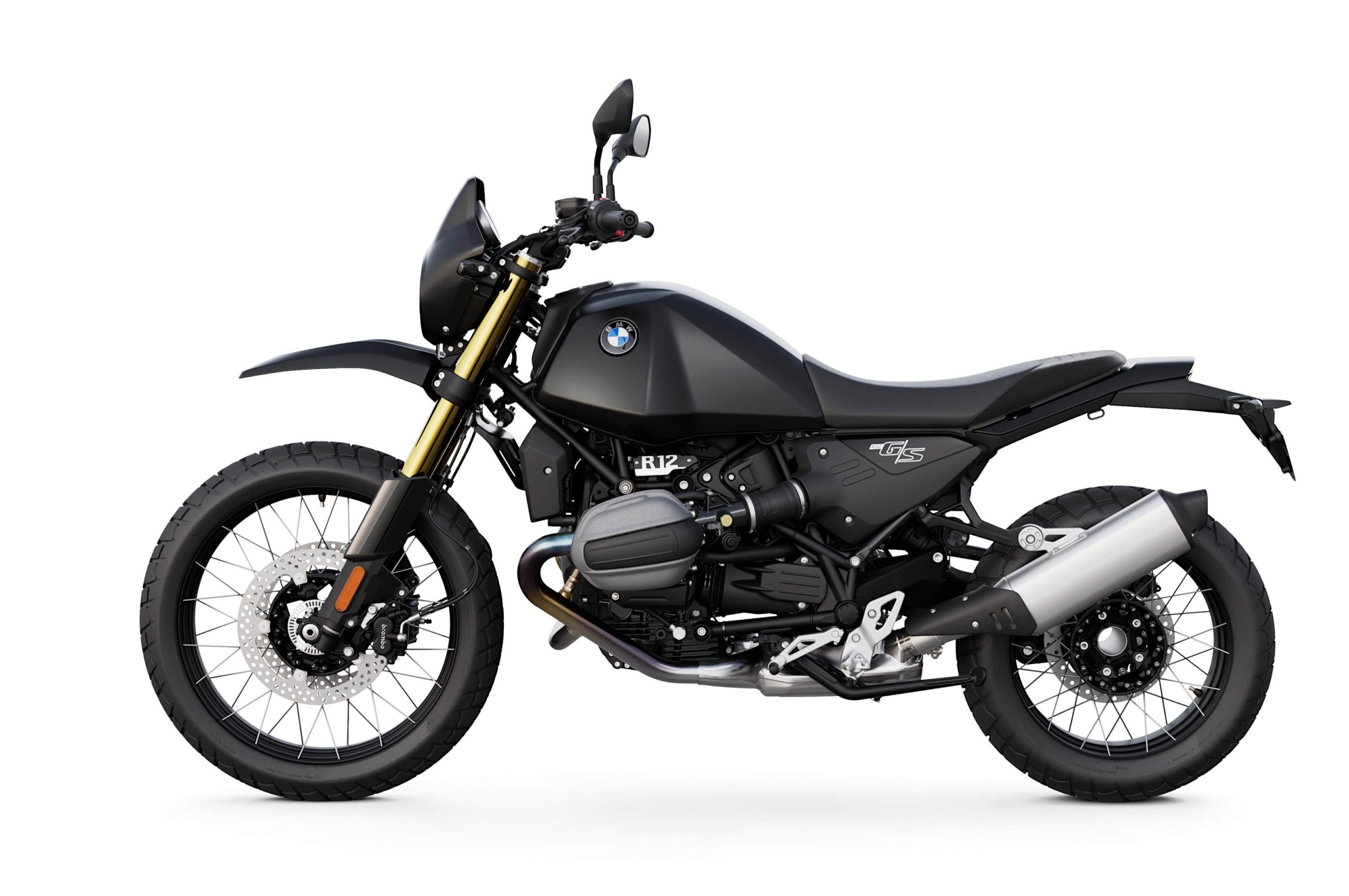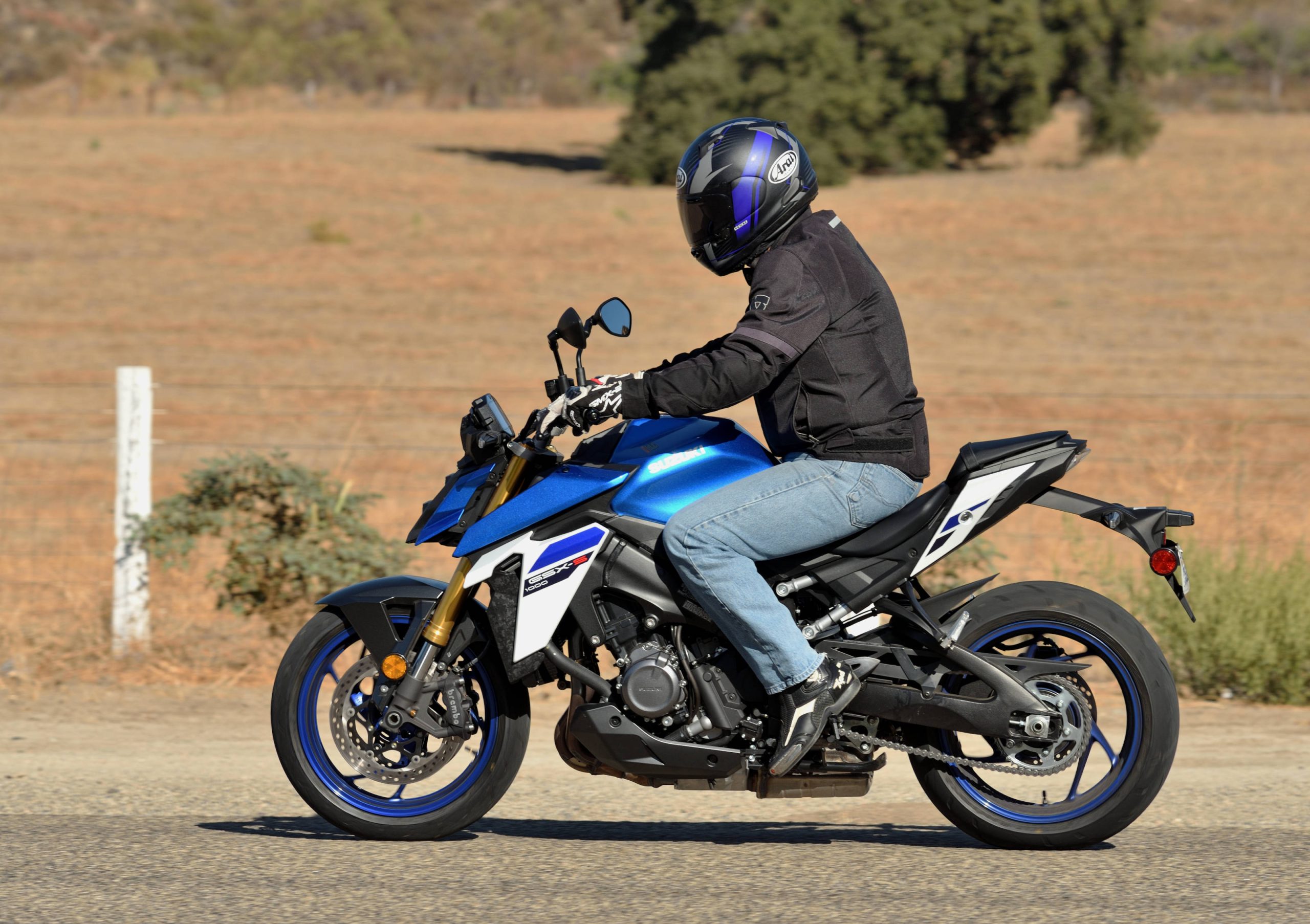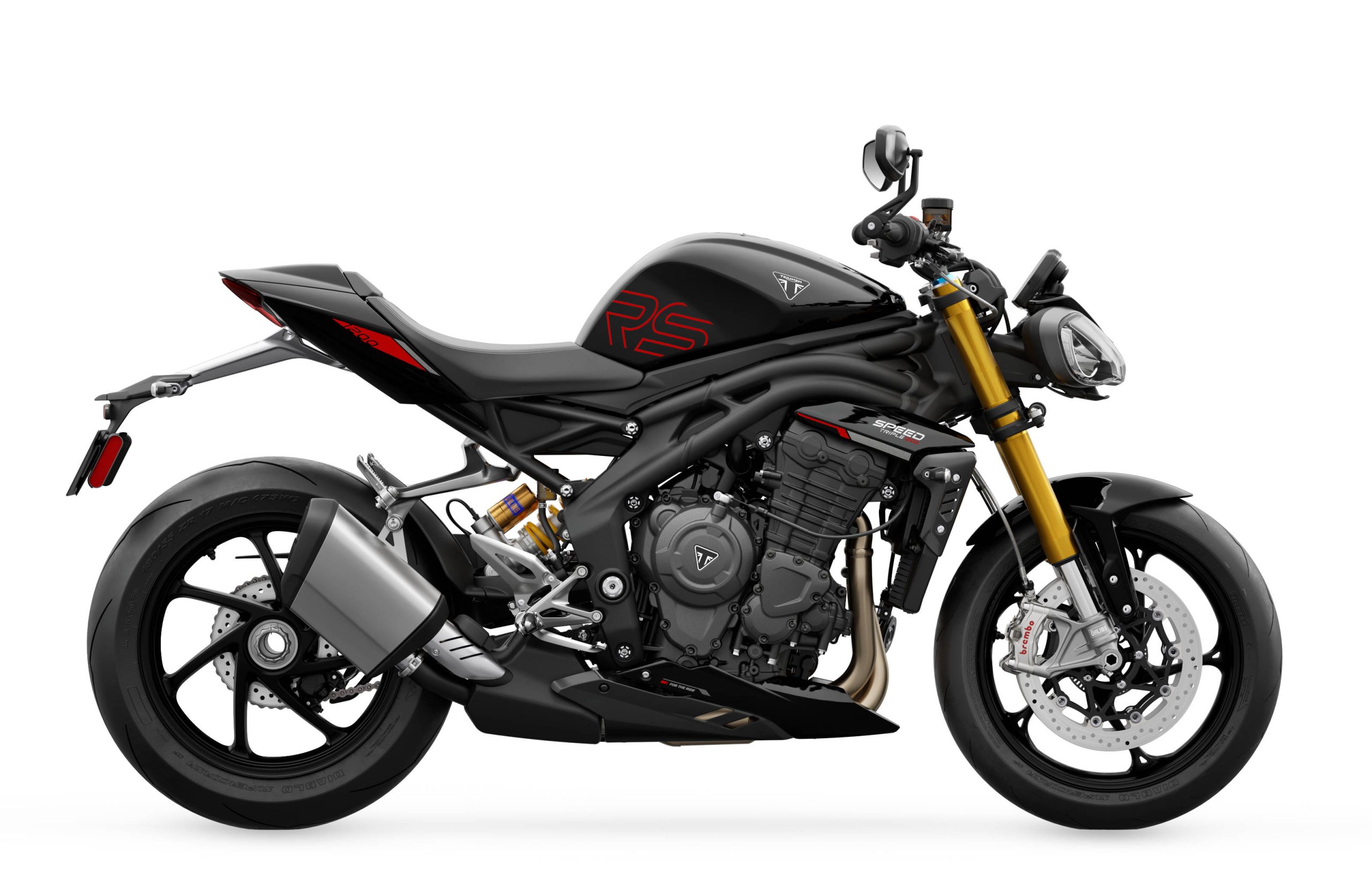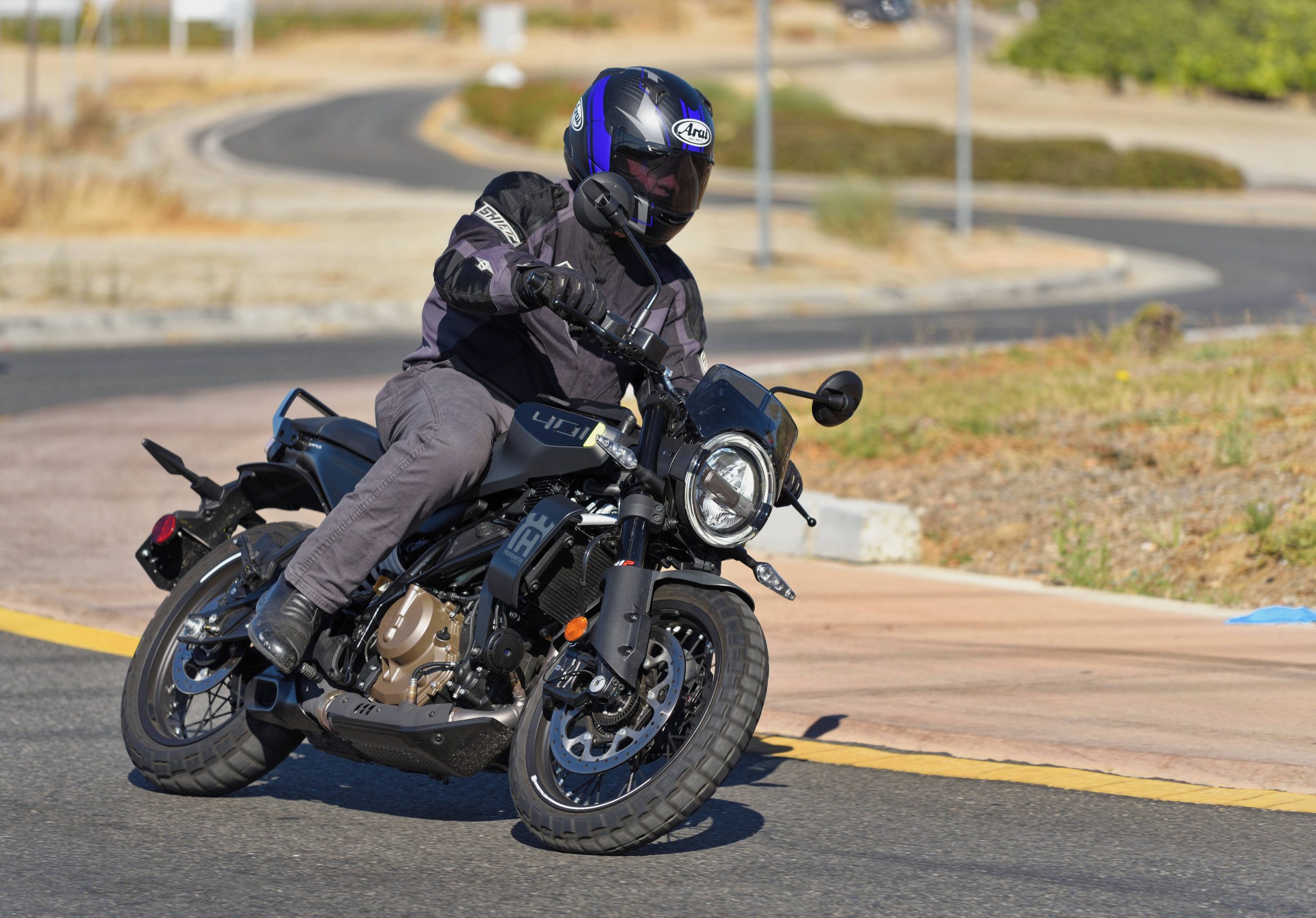PICKERINGTON, Ohio — The Consumer Product Safety Commission (CPSC) is poised to vote on a staff recommendation to delay enforcement of parts of the Consumer Product Safety Improvement Act (CPSIA) of 2008, or “lead law,” the American Motorcyclist Association (AMA) reports.
Specifically, the staff suggests that CPSC commissioners delay enforcing the testing and certification requirements for kids’ dirtbikes and certain other products until Sept. 14. Currently there is a stay of enforcement that expires Feb. 10.
At the same time, the staff recommends that commissioners delay enforcement of the lead-content limit part of the CPSIA for kids’ dirtbikes and all-terrain vehicles (ATVs) until Sept. 14. Commissioners approved a stay of enforcement of that part of the law earlier, but the stay expires May 1. Once it expires, the sale of kids’ dirtbikes and ATVs will effectively be banned because it’s unknown whether the requirements of the law can be met.
The commission is expected to vote on the staff recommendation by Jan. 31.
“We are urging the commissioners to approve the recommendation of its staff,” said Ed Moreland, AMA senior vice president for government relations. “Not only is the delay important for the reasons cited by the staff, but it also would give federal lawmakers more time to explore legislative solutions to the problems with the law.”
On Jan. 25, U.S. Rep. Denny Rehberg (R-Mont.) introduced H.R. 412, the Kids Just Want to Ride Act, which would exempt kids’ off-highway vehicles (OHVs) from the CPSIA.
“I would also like to thank the many members of the AMA and the AMA’s sister organization, the All-Terrain Vehicle Association (ATVA), who contacted the CPSC asking for delays in enforcement of the law,” Moreland said. “And I would urge those members and others to now contact their federal lawmakers to support H.R. 412. The easiest way to do that is through the ‘Rights’ section of the AMA website at AmericanMotorcyclist.com.”
The CPSIA bans the making, importing, distributing or selling of any product intended for children 12 and under that contains more than a specified amount of lead in any accessible part. When the law was passed in 2008, that amount was 600 parts per million.
The lead-content threshold then dropped to 300 parts per million after Aug. 14, 2010, and is set to drop to 100 parts per million, or the lowest level that is technologically feasible, after Aug. 14, 2011.
Aimed at children’s toys, the CPSIA also ensnared kids’ dirtbikes and ATVs because trace levels of lead can be found in parts such as batteries and brake calipers. Other children’s products are also affected, such as books, clothes and microscopes.
The law also requires all children’s products to undergo expensive periodic testing by independent laboratories approved by the CPSC and those products must be certified that they comply with the CPSIA.
In its recommendation to commissioners, the CPSC staff notes that delaying enforcement of the testing and certification requirements as well as the lead-content limits would allow the commission to resolve a number of lingering issues related to the CPSIA.
Those include determining whether it’s technologically feasible to lower the amount of lead in children’s products to 100 parts per million. That’s because if it isn’t technologically feasible, then the CPSC can decide on another limit, and manufacturers should know the limit before they do their testing and certification.
In other action, the commissioners voted on Jan. 25 to extend its stay of enforcement on the testing and certification of kid-sized ATVs that was to expire on that day until Nov. 27. The CPSC noted “there are still no accredited third-party testing bodies for youth ATVs at this time” but CPSC staff would do compliance testing.
For the latest information on this issue visit the AMA website at AmericanMotorcyclist.com.

